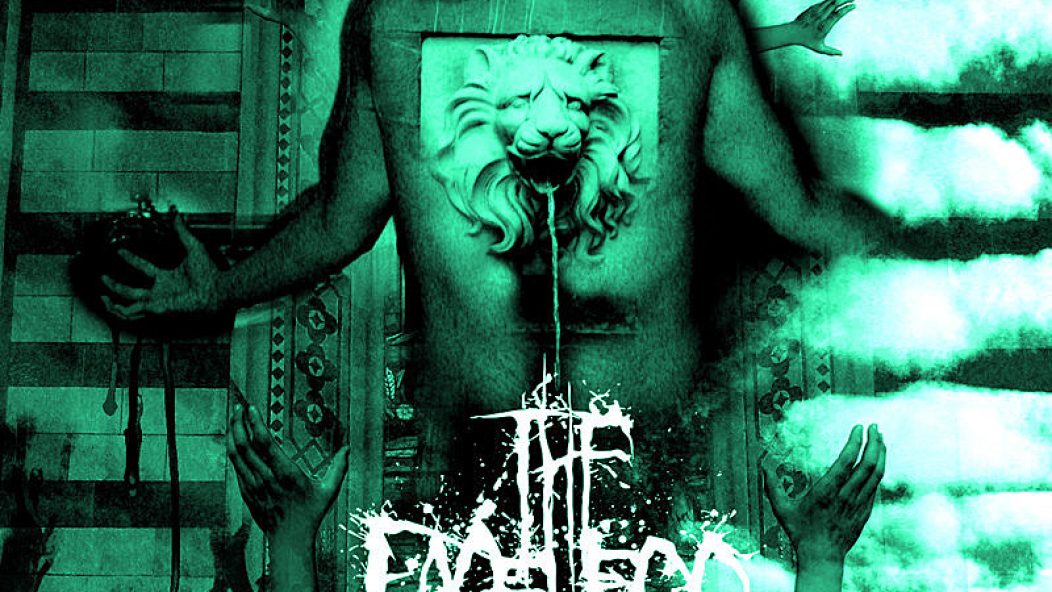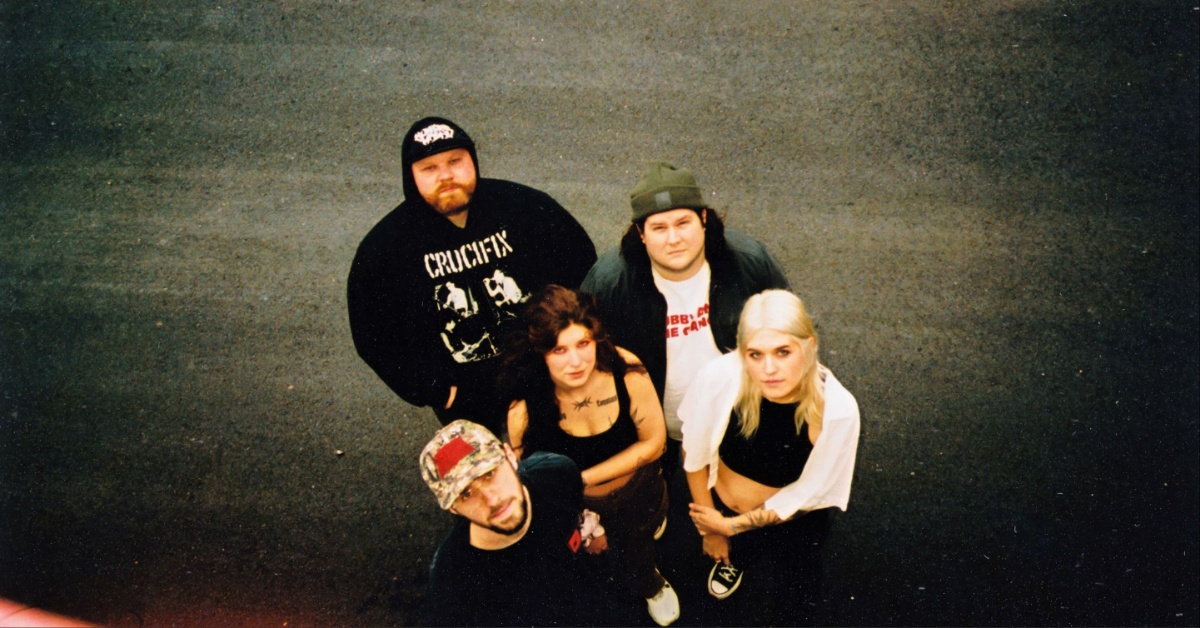
The Faceless's 'Akeldama' Turns 10
…
The Faceless were briefly the future. Arriving eleven months after Job For A Cowboy’s Doom and just over a year after Suicide Silence’s self-titled EP, Akeldama marked deathcore’s passing from a minor quirk in hardcore to an aesthetic sea change that washed over into the metal scene proper. Akeldama, which turns ten on Monday, was an act of diplomacy between the metal influenced side of hardcore and the technical death metal scene of the 00’s. While it’s breakdowns and Swedish influence made it an easy sell for the tight jeans and white belt set,The Faceless’s Michael Keene was building on the surgically precise style of Necrophagist. It was as much a descendent of Alaska as it was Epitaph, with hints of the Cynic worship that would show up in later The Faceless albums.
If this sounds like a lot of comparison and not a lot of explanation, there’s a reason for that. As The Faceless’s first full length Akeldama was, like a lot of debuts, a composite of its influences. Keene was clearly a talented guitarist with a knack for writing focused and distinctive extreme metal tunes, but in 2006 he hadn’t quite figured out how to melt his influences into a distinct perspective. That would come over the course of the band’s next two albums, 2008’s Planetary Duality and 2012’s Autotheism. Problem is that the more distinct The Faceless became, the less appealing they were. Planetary Duality was an exciting acceleration of the band’s core appeal, and the alien angle was a kooky twist, even if its execution owed a debt to Tool and Cynic.
The wheels really came off on their third record, a contender for the most Reddit album of all time. Autotheism is insufferably smarmy, a fedora resting on the headstock of an eight-string guitar. Not only did the album represent the most obnoxious strains of the atheism movement, but it set that attitude to the tune of tech death’s most meandering tone-deaf songwriting. The Faceless, like the contemporaries in Job For A Cowboy, played themselves by trying to win over the staunch metalheads that were never going to give them the time of day. By the time their fans could truly put a face to the name, Keene and his rotating cast of musicians weren’t much to look at.
The passage of time will render all things corny. The squelchy keyboards in “An Autopsy” sound woefully dated by today’s standards. And while Akeldama’s production still packs a punch, it’s completely out of line with the more naturalized sound in vogue today. What sounded like a fresh amalgamation 10 years ago sounds more like a stepping stone today. But even if time hasn’t been kind to The Faceless, it is a signifier of a very real strain of extreme metal from its era.
Akeldama found, and may have helped create, an audience that would feast on high flying musicianship music with no concern for its source or scene. The Faceless were part the reach across the aisle that allowed for the Summer Slaughter demographic, the eventual rise of the Sumerian school of metalcore, and subsequently Djent. Regardless of whether this stuff floats your boat, it was widespread enough for you to have an opinion on it, and that counts for something.
It was nothing to sneeze at number-wise, either. When The Faceless released ,em>Akeldama they were nobodies, the first release on a brand-new label. Two years later they were opening for Meshuggah, and that label had its own (sometimes pejorative) subgenre.
Akeldama showing it’s age actually makes it more charming, especially now that Sumerian’s sun, while still bright, no longer rises – or at least not on RSS feeds. Instead of being the sound of fresh faced interlopers, The Faceless are essentially old school by now, and while that may make them corny in the short term, it makes them easier to appreciate in the long run. Removed from the context of scene politics, a song like “Lecia” is thrilling in how it moves between melodic shredding and pit-opening breakdowns.
Even The Faceless’s breakdowns are displays of musicianship. Unlike other metalcore acts, The Faceless don’t use breakdowns to foster a relationship between band and audience, the power dynamic only goes one way here. Breakdowns happen to you, not for you. This is in line with the rest of The Faceless’s approach, which was broad enough to include chromatic exercises like “Oracle Of The Onslaught” and jazz fusion instrumentals like the album’s title track.
According to Keene’s Twitter, he is hard at work on a new The Faceless record. If and when that album sees the light of day, it will be received by a generation of heavy music fans that view The Faceless and their contemporaries as established institutions in heavy metal. A decade ago, the idea of an album like Akeldama being the respectable debut of a long-running authentic influence would have been laughable. Maybe it still is, but the last laugh won’t be for those that sneered at The Faceless.
…
…










